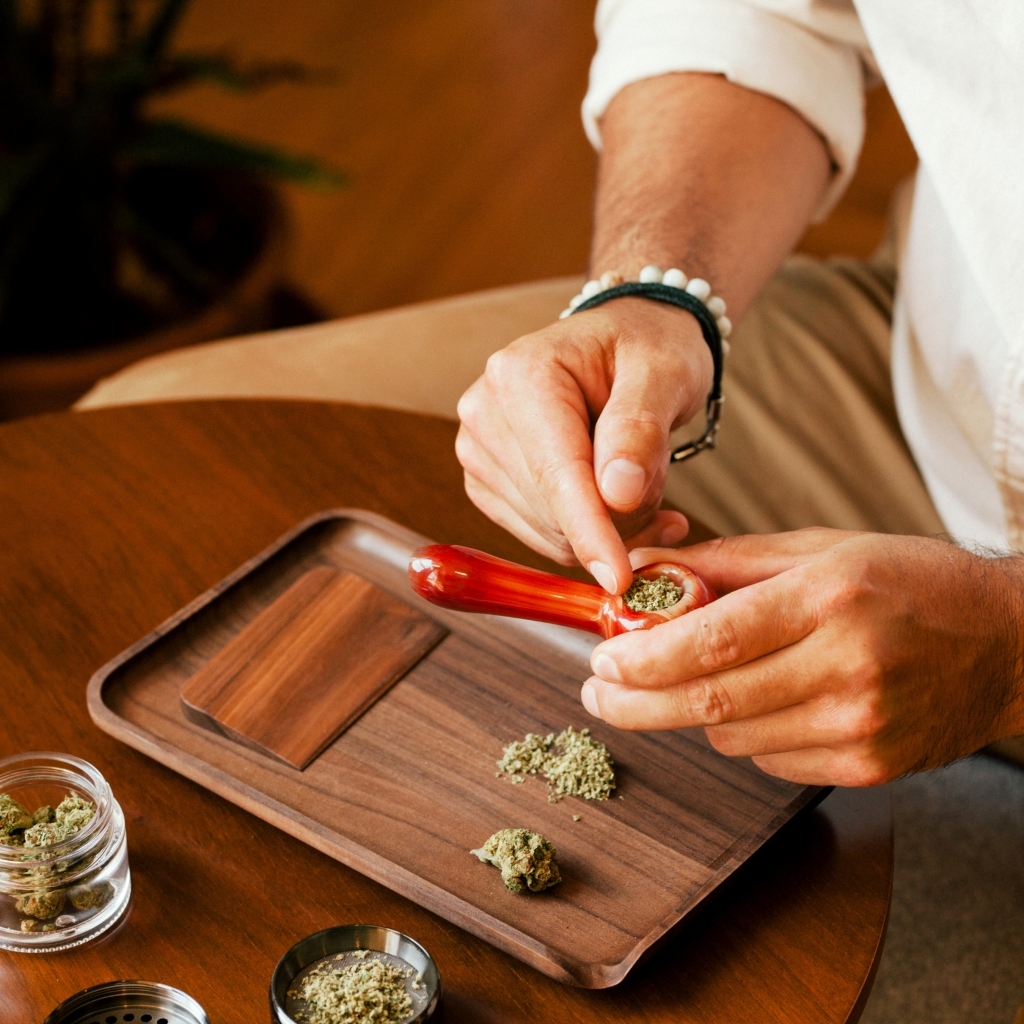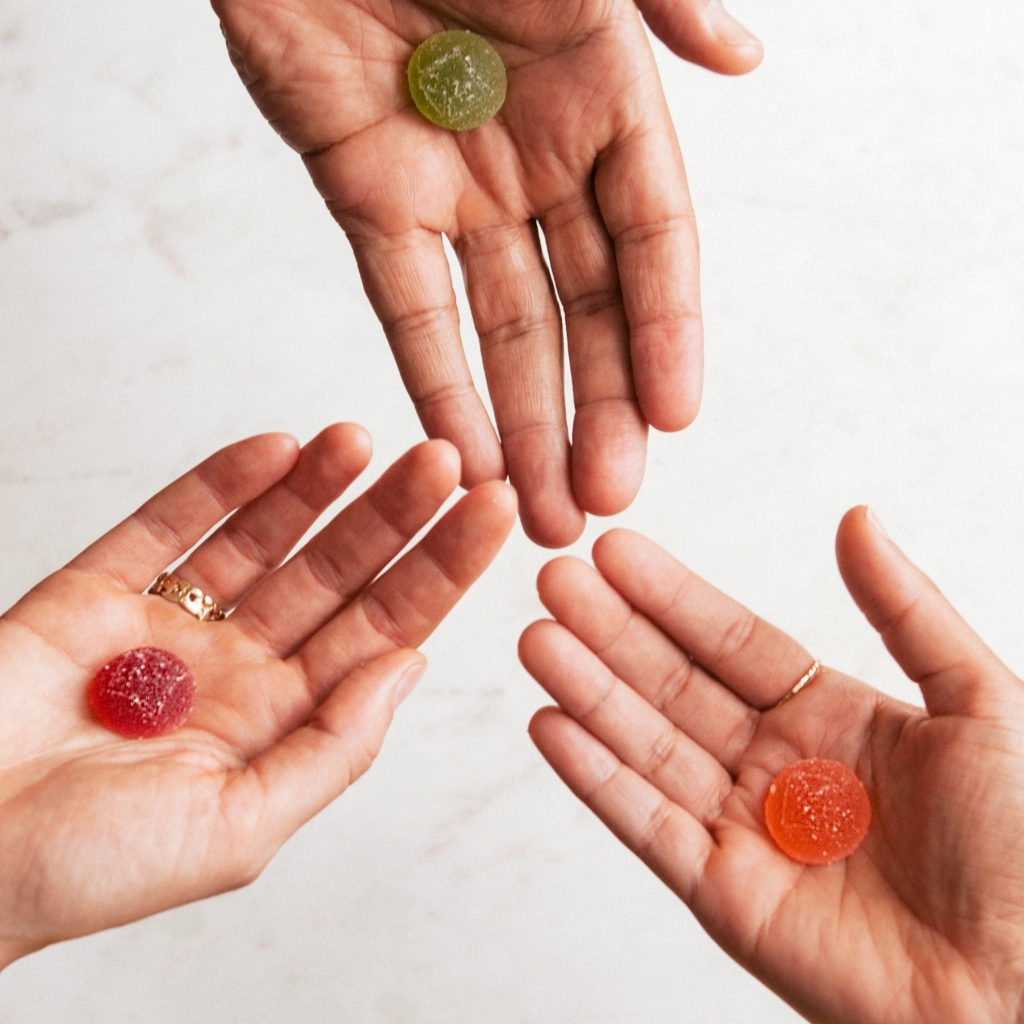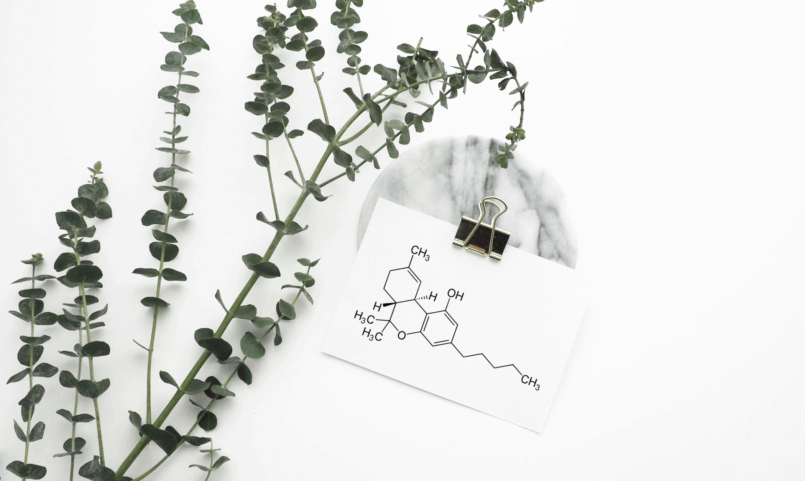Educational Information
Learning about distillate
Many terms are thrown around in the cannabis vape market: full-spectrum, distillate, whole plant, live, cured. What does it all mean? First, let’s explore the basics by starting with distillate.
What is distillate?
Distillate is a cannabis concentrate that (normally combined with terpenes) fills the majority of vape pens on the market as well as providing the THC source for many edibles, tinctures, and other cannabis products. Distillate is highly potent and flavorless when made properly, so it is a great base upon which to build a wide variety of formats. But how is it made and what makes it different than other concentrates?
Heating up a substance to the point of evaporation and then cooling and collecting it allows the substance not only to be purified, but for the different compounds within it to be separated. The same principle applies to cannabis oil — distillate is simply cannabis oil heated and then cooled and condensed to separate out the compounds, mainly the THC or CBD in the plant. As seen in the distillation process for spirits such as vodka, the better the process and the more distillations, the more pure the product can get (this is the reason liquor brands often advertise how many times their spirits are distilled).
As a product, distillate can be extremely potent when well-made, at times eclipsing 90% active THC. While “raw” concentrates such as wax, shatter, sauce, and rosin contain mostly THCA (which requires heat to convert and produce the usual effects of THC), distillate is pure THC, which means that every bit of it is ready to go, providing instant potency.
While the potency and purity sounds great, it does come at a price. The temperatures required to separate out the THC is far higher than the terpenes at which terpenes evaporate or oxidize, so they are either destroyed or changed during the process. Because of this, most distillate-based vape pens utilize terpenes from external sources for flavoring. Sometimes the terpenes are extracted from other plants (such as rosemary or basil), while other methods such as steam or microwave distillation can also pull the terpenes from the cannabis, allowing them to be added back in later.
There’s nothing wrong with a well-made distillate vape, but many cannabis connoisseurs have developed a preference for live resin vapes. Why is that?
the making of a Superflux live resin vape
Unlike a standard distillate vape, our Superflux live resin vape cartridges only contain terpenes extracted as part of the live resin process for that specific batch. By starting with frozen (aka live) plant material and extracting cold, we are able to keep as many terpenes intact as possible, leading to a deeply flavorful final product that carries the aroma and flavor of the living plant. Our process partially activates the cannabinoids while keeping the terpenes safe from excessive heat. Most distillate vapes have between 5% and 8% terpenes, but our live resin vapes routinely test at 10% and above thanks to this careful process. In general, that means a lot more flavor.






